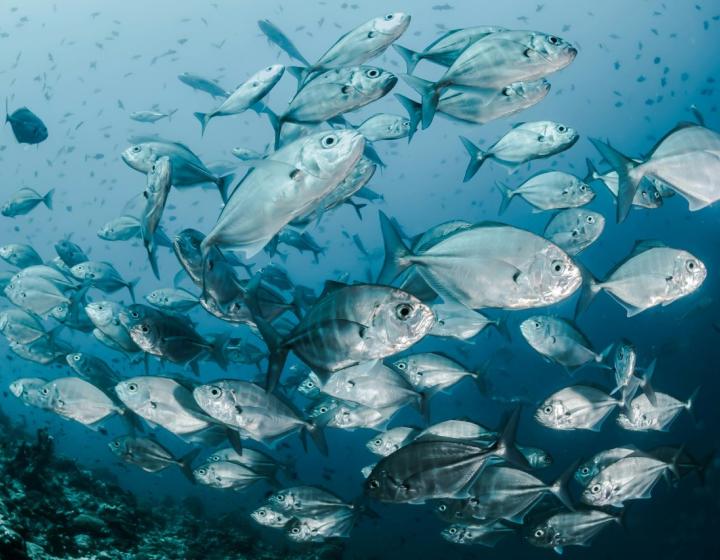Study will evaluate virus impact on muskellunge sportfishery
 Cornell University researchers have launched a study to better understand the impact of viral hemorrhagic septicemia virus (VHSV) on the muskellunge, an economically and ecologically important sportfish. The project’s results will help managers and policymakers protect the freshwater sportfisheries of New York, which draw $1.2 billion per year in revenue.
Cornell University researchers have launched a study to better understand the impact of viral hemorrhagic septicemia virus (VHSV) on the muskellunge, an economically and ecologically important sportfish. The project’s results will help managers and policymakers protect the freshwater sportfisheries of New York, which draw $1.2 billion per year in revenue.
Dr. Rodman Getchell of the Cornell University Aquatic Animal Health Program will examine the interaction between VHSV and muskellunge fish population genetics to advance understanding of the relationship between VHSV virulence levels and the fish’s susceptibility to the disease.
In the upper St. Lawrence River region of New York State, the muskellunge sportfishery has not yet recovered from the VHSV epidemic basin-wide in the Great Lakes in 2005-2008. The disease has hindered population growth of the fish that is a significant predator in the aquatic food web. Anglers eagerly seek muskellunge because of the species’ large size – occasionally more than 60 lbs. – and its tremendous fighting ability. The St. Lawrence River muskellunge fishery attracts angler from all over the world.
“Sampling in the summer of 2013 showed the virus was still present in the St. Lawrence River,” said Getchell. “This summer we will test muskellunge as well as other species to see what effect the long winter may have had on possible disease outbreaks this spring.”
Project collaborator Dr. Paul R. Bowser of Cornell University College of Veterinary Medicine’s Department of Microbiology and Immunology notes, “VHSV is an RNA-based virus and such viruses are prone to genetic changes. We are seeing some slight changes in the genome of the virus. One would predict that given a problematic genetic change in the virus, a stressful environment, and populations of fish that have never seen the virus before, the possibility exists for fish losses similar to those observed in the initial 2005-2008 basin-wide disease event.”
 The researchers stress that VHSV is still in the Great Lakes and capable of killing fish and that monitoring is important for tracking the virus levels and locations. Getchell says Cornell-diagnosed VHSV outbreaks in Irondequoit Bay, east of Rochester, and at the mouth of Chautauqua Creek in Western New York in the spring of 2013 were the first fish kills caused by VHSV in New York state since 2007. More recently, a large fish kill due to VHSV was documented in March 2014 in Dunkirk Harbor, NY, on Lake Erie.
The researchers stress that VHSV is still in the Great Lakes and capable of killing fish and that monitoring is important for tracking the virus levels and locations. Getchell says Cornell-diagnosed VHSV outbreaks in Irondequoit Bay, east of Rochester, and at the mouth of Chautauqua Creek in Western New York in the spring of 2013 were the first fish kills caused by VHSV in New York state since 2007. More recently, a large fish kill due to VHSV was documented in March 2014 in Dunkirk Harbor, NY, on Lake Erie.
The project is funded by New York Sea Grant, a cooperative program of Cornell University and the State University of New York, which has been granted nearly $2.4 million in National Oceanic and Atmospheric Administration (NOAA) funding for several research projects focused on prevalent Great Lakes and marine issues in New York State. It is one of 33 university-based programs under the National Sea Grant College Program of NOAA. The Program engages the nation’s top universities in conducting scientific research, education, training, and extension projects designed to foster science-based decisions about the use and conversation of aquatic resources.




